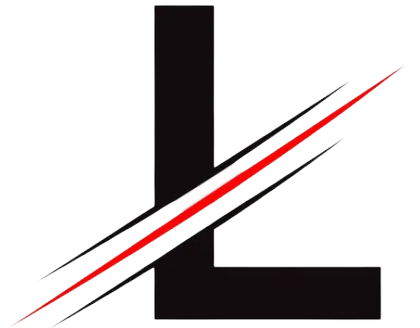What is the purpose of cafta?
CAFTA’s purpose is to “eliminate tariffs and trade barriers and expand regional opportunities for the workers, manufacturers, consumers, farmers, ranchers and service providers of all the countries.” This article introduces the trade agreements leading to CAFTA and summarizes CAFTA’s provisions.
Does cafta exist?
All tariffs on U.S. consumer and industrial exports were removed as of 2015 while tariffs on agricultural exports will be gone by 2020. Everything will be duty-free by the time the agreement is fully implemented on Jan. 1, 2025.
What countries are cafta?
The Dominican Republic-Central America FTA (CAFTA-DR) is the first free trade agreement between the United States and a group of smaller developing economies: our Central American neighbors Costa Rica, El Salvador, Guatemala, Honduras, Nicaragua, as well as the Dominican Republic.
What is Nafta and CAFTA-DR?
CAFTA-DR, the North American Free Trade Agreement (NAFTA), and active bilateral free trade agreements such as the Canada-Costa Rica Free Trade Agreement are seen as bloc agreements instead of a Free Trade Area of the Americas (FTAA) agreement.
What is cafta Dr an example of?
Is Argentina part of Mercosur?
Mercosur (in Spanish), Mercosul (in Portuguese), or Ñemby Ñemuha (in Guarani), officially Southern Common Market, is a South American trade bloc established by the Treaty of Asunción in 1991 and Protocol of Ouro Preto in 1994. Its full members are Argentina, Brazil, Paraguay, and Uruguay.
What are the pros and cons of Usmca?
USMCA Pros and Cons
- Decreased or eliminated tariffs reduce costs of production and trade, which ultimately lowers retail prices for consumers and increases profits for companies.
- Increased protections for workers in Mexico mean increased opportunities for workers based in the US as wage gaps decrease.
https://www.youtube.com/channel/UCeQNcG1wynnZ8zclCxS0huQ
